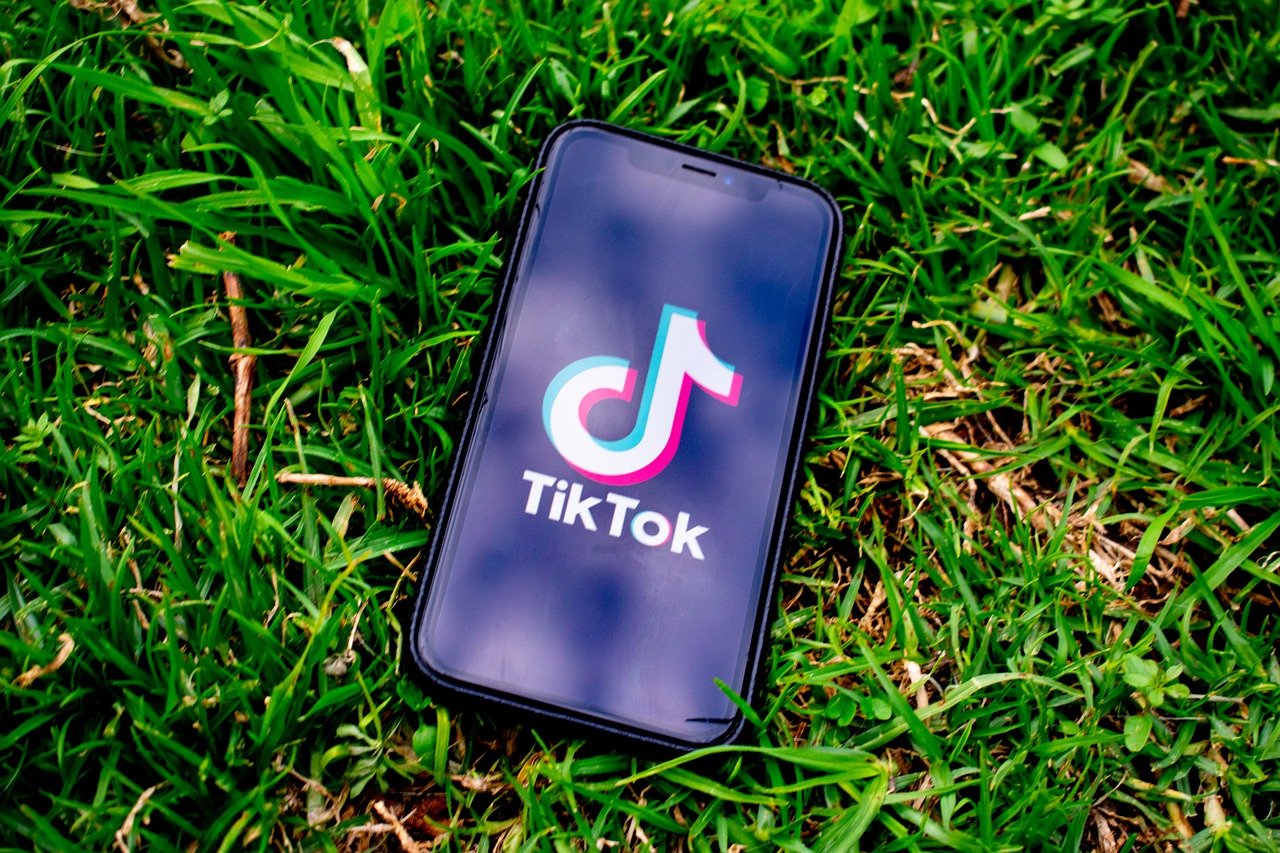

Unveiling UX: Its Definition, Goals, Key Elements, and How to Measure Success
What Is UX and Usability?
Think of UX—User Experience—as the whole vibe a product gives when you interact with it.
Usability, on the other hand, is the “how‑easy‑to‑use” part of that vibe. If UX were an orchestra, usability would be the sheet music that keeps everyone playing in time.
UX and Usability Goals
Both disciplines aim to make you feel good, but they approach it from slightly different angles:
- UX Goal: Create a delightful, engaging experience that keeps users coming back.
- Usability Goal: Ensure the product is intuitively navigable, quick to learn, and stress‑free to use.
How We Measure Success
- Engagement rates, net promoter score, and customer retention for UX.
- Task completion time, error rates, and satisfaction surveys for usability.
UX Components: Peeling the Layers
UX is like an onion—layer by layer we uncover what makes it tick.
- First layer: Affordances—what actions look possible.
- Second layer: Interactions—the actual steps you take.
- Third layer: Emotions—how you feel afterward.
- Fourth layer: Outcome—what you achieve and how it fits into your life.
The Boundary Between UX and Usability
They’re tight‑knit, but there’s a subtle line:
- Usability focuses on efficiency. Can you get your job done without tripping over the interface?
- UX focuses on enjoyment. Does using the product feel like a breeze, or does it feel like being stuck in a traffic jam?
Measuring User Experience & Usability
Want concrete numbers? Here’s a quick cheat‑sheet:
- Success Rate: % of users who finish a task on their first try.
- Time on Task: Average minutes it takes to finish a task.
- Error Count: How many mistakes slip through.
- System Usability Scale (SUS): A 10‑item survey that turns results into a score of 0‑100.
- Customer Satisfaction Score (CSAT): How happy users are with the overall experience.
Remember: the best design isn’t just about being functional; it’s about making people smile while they work.
What is UX and Usability
What’s the New‑Year Edition of “User Experience”?
Picture UX as that weird mix of emotions you get when you finally master a new app or when it makes you tear up with laughter. According to the big‑wig ISO definition, User Experience is “a person’s perceptions and responses that come from the use or anticipated use of a product, system, or service.”
But if we cut to the chase, it’s basically how a product feels in your hands. Think of it like a movie‑review – you’re either falling in love (adoration), screaming at the screen (hatred), or sitting back in blissful joy or annoyed frustration. One minute the app feels like a smooth slide, the next it’s a bumpy roller coaster. That’s the playground of UX.
Common Emotions to Watch For
- Adoration – “This is my new best friend!”
- Frustration – “Why does this button taste like my ex?”
- Surprise – “Who knew that a simple tap could unlock a hidden feature?”
- Joy & Amusement – “I laughed so hard I almost killed my mug.”
Is It Usable or Just a Piece of Digital Art?
Usability is the “user‑friendliness” part of the puzzle. ISO tells us it measures how efficiently and effectively users reach their goals in a given context. In plain English, it’s: Can people actually get stuff done without a PhD in navigation?
Think of usability like a recipe. If the ingredients are clear and the instructions are simple, you’ll bake a cake. But if the recipe is sprinkled with ambiguous steps or the oven temperature is mysteriously read out of a cryptic cipher, your cake might end up as a soggy disaster.
Why You’ll Notice It (or Not)
- Good Usability – “I wish this had been my life’s whole game from the start.” It’s harmlessly invisible, like a well‑tuned engine.
- Bad Usability – “Did it purposely trip me up?!” Hanging buttons, endless loading screens, or clueless UI are the loud and obvious villains. They make your head swivel and your patience evaporate.
Bottom line: A slick app doesn’t announce itself, but when it fumbles, we’ll all exclaim, “Someone sent a faith‑based distress signal!” Keep the design on the friendly side and you’ll keep users smiling.
UX and Usability Goals
Usability vs. User Experience: A Quick, Fun Dive!
Why We Start With Usability
Think of usability as your friendly neighborhood handyman. Its job is to make the product, website, or app simply “easy to use”—no need for a 500‑page manual that turns users into detectives hunting clues.
When people can quickly reach their goals with minimal fuss, that’s when we cheer:
- No dead ends or confusing button layouts.
- Intuitive gestures that feel like second nature.
- Speedy feedback that tells you “You’ve got this!”
What Makes It “Usable”?
Usability is all about the user’s success. If a user can:
- Find what they need in one glance.
- Complete tasks with zero mental gymnastics.
- Enjoy the process without frustration.
Enter User Experience (UX)
Beyond the Basics
UX is the grander, more emotional cousin of usability. It’s not just about functions; it’s about feelings and happiness that linger long after the last click.
Goals That Span the Whole Journey
- Instant Joy: The first impression that says, “Wow, this is awesome!”
- Continuous Delight: Even if you’re stuck on “the device isn’t connecting,” we want you to say, “Okay, thanks for the smooth help.”
- Return Frequency: A satisfied user is one who comes back whenever the problem rears its head.
How UX Wins
It’s a blend of:
- Beautiful and relevant design.
- Emotion‑triggering interactions.
- Stories that make you feel understood.
Synthetic but Genuine: Making Life Easier
Usability ensures the tool feels easy, but UX makes sure you love using it—like having a best friend you can rely on whenever you need help.
Bottom Line
Usability: “Are users able to complete tasks?”
UX: “Can we make the user giggle, feel accomplished, and keep coming back?”
UX components: Peeling the layers of the UX
Cracking the Code of a Killer User Experience (UX)
Let’s face it—UX isn’t just about slick design. It’s a full‑blown vibe that hits every touchpoint a user has with your product. Think of UX as the mood‑board for how a user feels while interacting with your app, from the moment they hear about it to the last click.
What Makes a UX Win?
- Design – Look and feel that immediately tells users, “Hey, this looks good.”
- Functionality – The nuts and bolts that let users actually get things done.
- Performance – Speed, responsiveness, and that smoothness that turns “meh” into “wow.”
When these three pillars collide, the result is a smooth, goal‑oriented journey sprinkled with happiness, laughter, or that sweet “I did it!” spark.
Before the First Click
Everyone walks in with expectations. If your brand’s known for quality, users will start with a high‑grade mindset. The opposite—if your brand is a hot mess—means you’ve got an uphill battle that feels like running a marathon after a bad coffee.
During the Interaction
The real test: Is the app actually enjoyable? Check these:
- Is navigation a walk in the park?
- Can users hit their targets in one, two, or three clicks?
- Does the design make eyes pop or just pull together?
- Are there delightful surprises—like a cheeky Easter egg or a helpful tooltip—that keep users coming back?
After the Experience
What sticks in a user’s memory? If the product feels like a familiar friend—cheerful, reliable, and just right—users are more likely to build a bond with it. That bond turns into loyalty and word‑of‑mouth gold. They’ll be ready to return when the next need pops up, and they’ll spread the good vibes everywhere.
Bottom line: Great UX starts before the first touch, thrives during the fling, and leaves a lasting impression for the next chapter. Nail those three stages, and you’ve got a recipe for repeatable success.
The boundary between UX and Usability
Beyond the Surface: Why UX Matters More Than Usability
Think of usability as the Blueprint of a house—nailing the layout and making sure every door opens smoothly. But user experience (UX) is the entire neighborhood: the curb appeal, the greeting shears from neighbors, the scent of fresh coffee in the local café. If you only fix the blueprint, you might get a tidy house, but the whole vibe will be lacking. That’s why UX wins for keeping people coming back.
What Makes a Product Shine?
- Utility: Does it solve a problem or fill a need?
- Usability: Is it straight‑forward and intuitive?
- Desirability: Does it look sleek? Does it give users a delightful feel‑test?
- Brand Experience: Does it mirror the company’s persona—consistent, trustworthy, memorable?
Utility and usability sit at the core, like the foundation of a house. Desirability and brand experience are the ornate décor that turn the block into a boutique.
The Dream Team Behind an Outstanding UX
Thinking of assembling a single department to cover all aspects will leave your product missing touches. You’ll need a diverse squad:
- Web designers & developers – Crafting that smooth interface you don’t notice.
- Product managers – Setting the goals and roadmap.
- Service staff – The real‑world touchpoints hitting customers.
- Marketing & brand managers – Getting the voice and visual consistency across.
Each of these experts plugs into the four UX components we just listed. Together, they form a cohesive experience that keeps users smiling and clicking back—no mere “works a bit” situation.
So … What’s the Takeaway?
UX isn’t just a buzzword. It’s the amalgam of usefulness, simplicity, pleasure, and brand personality. Ignoring any of those and you’ll be left with a glass house that looks great but fills nobody’s pockets (or brains).
Measuring User Experience & Usability
Getting the Pulse of Your App’s User‑Friendliness
When you’re trying to tell whether your digital product is a smooth ride or a perilous rollercoaster for people, you’ll want a mix of nose‑in‑the‑ground (qualitative) and number‑stacked (quantitative) tools. Think of it as a superhero duet: the hero that sings “I feel so happy!” and the sidekick that crunches the stats.
What to Count
- Task Success Rate – Did users finish what they set out to do without turning back?
- Error Count – How many times did they stumble or hit a snag?
- Task Satisfaction – After the job’s done, does the user give a thumbs‑up or just sigh?
- System Usability Scale (SUS) – A quick questionnaire that turns nasty frustrations into a neat usability score.
- …and plenty more, if you’re feeling adventurous.
Tools That Got Your Back
Take Google Analytics and Smartlook as side‑kicks. Snap them to your site, and voilà! You’ll instantly see the stats, watch cool session recordings, and even read the heatmaps to see where people hover, click, or vanish.
- Heatmaps – The visual “Where’s the eye?” morphing.
- Session Recordings – Replay every user’s 10‑minute pilgrimage.
- Custom Metrics – Build your own dashboards if the best open‑source already isn’t enough.
Why’s UX Bigger Than Usability?
Usability is the bread and butter of UX, but UX is the whole buffet. Beyond making people click out without a hitch, you should also consider:
- Brand Experience – Does your interface feel like the brand’s personality on a mini‑stage?
- Customer Satisfaction – The “Oh, I love this!” chorus after the whole session.
- Net Promoter Score (NPS) – Or, this one, “Would you pop this product out on a billboard?”
- And other nuanced vibes that paint the complete picture of how users feel.
There you have it: a nutshell of how to keep the feedback flow smooth and your product shining in real‑time. Time to measure, iterate, and keep your users smiling!







